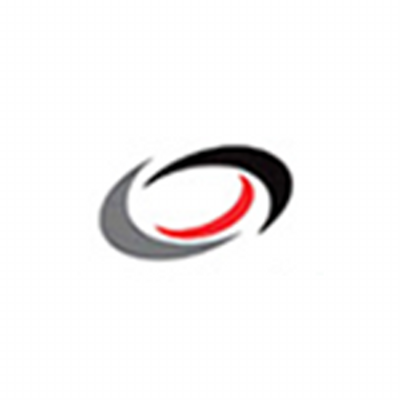 Many companies these days now have teams and offices spread out across multiple locations and regardless of their size and industry, share a common challenge: how to maintain fast, secure and reliable communications and connections where their dispersed people are.
Many companies these days now have teams and offices spread out across multiple locations and regardless of their size and industry, share a common challenge: how to maintain fast, secure and reliable communications and connections where their dispersed people are.
"The right multi-site connectivity solution for you should
be one that solves your current challenges but is also
flexible enough for future growth."
Whether a business has multiple locations, remote workers, is looking to improve the network connectivity to accommodate future growth or to centralize IT services, multi-site connectivity allows employees to work as if they were based in one single location. A good multi-site connectivity solution is one that allows the easy transfer voice, data, so your workforce across various sites can share data, documents and applications seamlessly. All locations have to be able to access the same network resources and in most cases, a centralized headquarters houses the core infrastructure like servers and databases and the various branches link to that hub.
With the popularity of the internet and advancements in communication technology, companies nowadays have several options for supporting multiple services and applications on a single connection. First there was the intranet which were sites designed to be used internally by a company but now, businesses are embracing other options like virtual private networks (VPNs), remote desktop, cloud services and more.
So, how do you pick the right approach for your business? First of all, the right multi-site connectivity solution for you should be one that solves your current challenges but is also flexible enough for future growth. You also have to first ask yourself a few questions to identify what’s the best environment for your business to share sensitive and confidential information on the network.
Do you prefer to control most elements of the infrastructure? Will you require the privacy of a dedicated physical network? Is your company centralized with your main office as a hub? And do you have staff with the resources and skills to manage your own routing?
From there, you can start to identify which of these modes of connectivity are suitable for your organization and which offer the best control, performance, scalability, reliability and cost for you.
- Multi Protocol Label Switching (MPLS). This is a standardized protocol and networking technology that blends the best of IP routing and switching. It directs data from one network node to the next based on short path labels instead of long network addresses. Sites can be connected the network at a variety of speeds and all locations can communicate directly with one another in a fully meshed environment. With MPLS, your business can share a single network for video, voice and data without compromising quality.
- Virtual Private Network (VPN). This method uses secure connections over the public Internet. Think of it as a secure tunnel between the server and users. It offers more security and transfers information faster than Wide Area Networks (WANs). This is a great way to connect remote users who are mobile. It’s also a more cost-effective way to connect satellites that have internet and only require occasional access to the network. There is less overhead involved and VPN also enables users to connect back to their data if they are travelling.
- Remote Desktop. Remote desktop solutions are gaining more traction these days. In this setup, software or an operating system allows an application to run remotely on the server but displays locally at another terminal. Within a secure account, a desktop can be setup to act as a host. A user on any computer with internet access and login access can control that office desktop as if they were physically there. Credentials can then be provided to employees so they can access the network and work remotely. This gives businesses a tremendous control of where the data is located and data is never lost even if something happens with the devices being using in the remote setting.
- Ethernet. Traditionally, ethernet has been the standard for networks within an office but is now also available between offices and can be set up like a point-to-point circuit or a fully meshed multi-site network like MPLS. This is a good solution if your network demands a lot of bandwidth. The benefits for some companies is also that there is a familiarity already in place with Ethernet architecture and it gives your company routing control.
- Cloud computing. Cloud-based tools are making it very easy for companies with multi-sites to collaborate and connect. Businesses can access information from any compatible device and instead of information stored on a computer or a server in the office, the data is stored on the internet. It makes that information available to anyone with proper credentials so they can log-in anywhere there’s a connection. Cloud computing syncs data for all devices and this helps with real-time information update. Potential downsides surround security, reliability and performance but the benefits include flexibility from the get-go, simplified IT management, 24/7 remote monitoring, data backup and instant activation.


